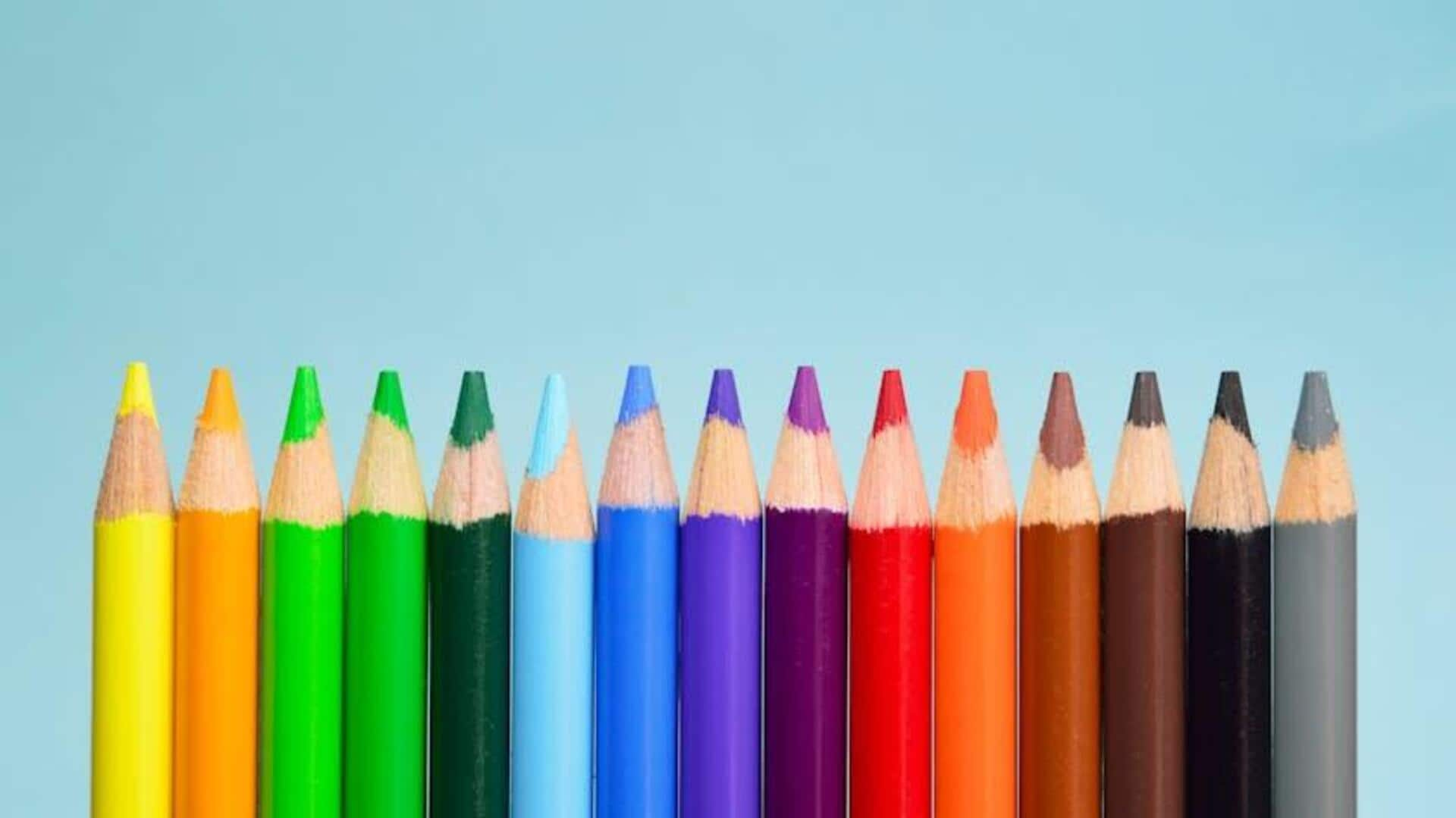
Art meditation: Concept and how to get started
What's the story
Blending colors in art can be a calming practice that deepens meditation. The process of mixing different hues to achieve a harmonious effect can calm the mind and focus the attention. Understanding basic color theory and experimenting with different techniques can help you create relaxing artworks that enhance meditation. Here are some practical tips for blending colors effectively and how this artistic practice can lead to a meditative experience.
Tip 1
Understanding basic color theory
Color theory is key to blending colors in an appropriate way. It includes the color wheel, primary and secondary colors, and complementary hues. When you know how these elements play off each other, you can create balanced compositions that bring out a sense of tranquility. For example, analogous colors- those sitting next to each other on the color wheel- can create a tranquil effect perfect for meditation.
Tip 2
Experimenting with different mediums
Different art mediums give unique opportunities to blend colors. Watercolors allow for smooth transitions between shades with their fluidity. Acrylics give you vibrant results with layering techniques, and pastels offer soft blends by smudging/rubbing. Experimenting with these mediums helps an artist discover which method best suits one's meditative practice.
Tip 3
Utilizing gradients and transitions
Creating gradients is also an effective way to blend colors seamlessly in art meditation. Gradients involve transitioning from one color to another gradually, creating a smooth flow of hues across the canvas. This technique not only enhances visual appeal but also encourages mindfulness as artists focus on achieving perfect transitions.
Tip 4
Incorporating nature-inspired palettes
Nature-inspired palettes make for the best options for relaxing art meditation sessions. They often comprise of earth tones such as greens, browns, blues, and light yellows seen in places like forests or beaches. Using these soothing shades evokes feelings of peace during creative sessions mindful of relaxing through the medium of artistry.